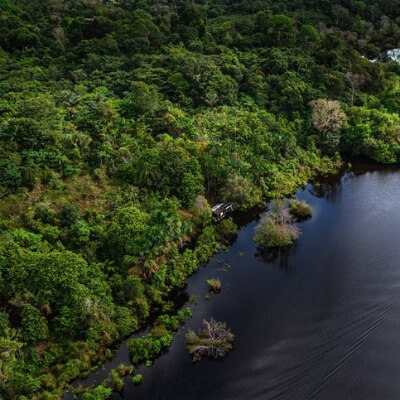
- Forest Type: Rainforest
- Types: Tropical rainforest and temperate rainforest
- Average Rainfall: More than 66 inches
- Biggest Rainforest: The Amazon Rainforest (2.1 million mi2)
- Smallest Rainforest: Bukit Nanas Forest Reserve (22.9 acres)
- Native Species: Between 3 and 50 million
- Distribution: Worldwide (except Antartica)
24 Rainforest Facts for Kids
- A rainforest is a forest that receives an above normal amount of rainfall each year.
- Rainforests are dense and contain the largest diversity of animals, plants and insects.
- It’s estimated that between 40% and 75% of all living species are native to the rainforests.
- There are claims there could be millions of undiscovered species living in the rainforests.
- The rainforests play an important role in our planet’s oxygen cycle. Somewhere around 28% of the planet’s oxygen is turned over by rainforests. This should not be confused with oxygen production, the largest source of oxygen on our planet is the oceans and not the rainforests.
- There are two types of rainforests, tropical rainforests and temperate rainforests.
- A tropical rainforest has no dry season and has at least 66 inches of annual rainfall.
- A temperate rain forest can have a dry season and has at least 55 inches of annual rainfall.
- The average annual temperature in a tropical rainforest is 64 °F.
- The average annual temperature in a temperate rain forest is between 39 and 54 °F.
- An example of a tropical rainforest is the Amazon rainforest in Brazil, South America.
- The Amazon rainforest is the largest tropical rainforest in the world.
- The Amazon rainforest covers 2.1 million square miles in South America.
- An example of a temperate rain forest is the Tongass National Forest in Alaska, USA, North America.
- The Tongass National Forest is the largest temperate rainforest in the world.
- The Tongass National Forest covers 26,254 square miles in North America.
- A rainforest is made up of several different layers.
- The rainforest layers are called the emergent layer, canopy layer, understory layer and the forest floor.
- The emergent layer contains huge trees that grow above the canopy layer. Trees that grow up to the emergent layer can reach heights between 148 and 262 feet.
- The canopy layer contains the densest biodiversity of a rainforest. This layer contains trees that can reach a height of up to 148 feet. The canopy layer blocks over 95% of the sunlight.
- The understory layer contains plants that either have adapted to lower levels of sunlight or young plants that will reach the canopy or emergent layers as they grow. Only about 5% of the sunlight reaches the understory layer.
- The forest floor contains lots of decaying matter, from both plants and animals. There is very little vegetation due to it only receiving about 2% of the sunlight. Fungi tend to thrive here due to the abundance of energy from decaying material and the lack of competition from other plants and insects.
- Over 25% of all known natural medicines have been discovered in the rainforests.
- The biggest threat to our rainforests is humans. Deforestation, both legal and illegal, is reducing the size of our rainforests at an alarming rate. The main cause of deforestation is for lumber and farming land.
Pictures of Rainforests
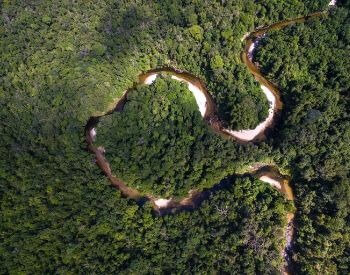
A picture of the Amazon Rainforest in South America.
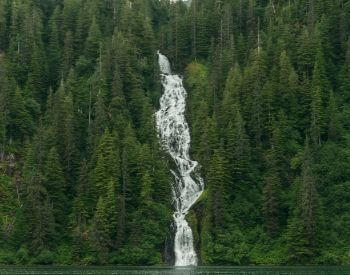
A picture of the Tongass National Forest in North America.
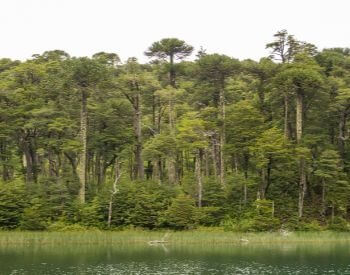
A picture of the Valdivian Temperate Rain Forest in South America.
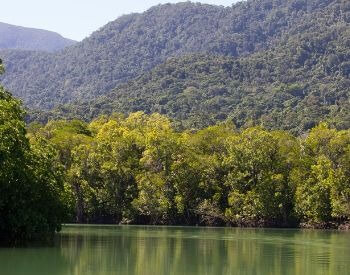
A picture of the Daintree Rainforest in Australia.
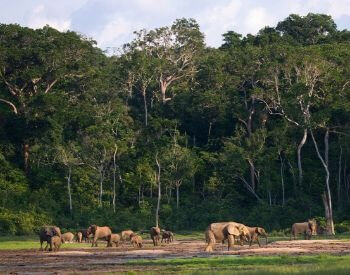
A picture of the Congo Rainforest and elephants in Africa.
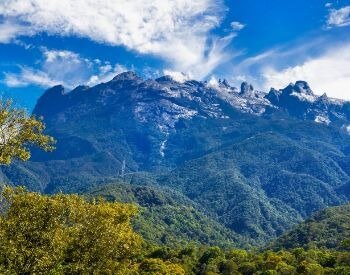
A picture of the Kinbabalu National Park in Asia.
Find More Facts About the Rainforest
- Where are the Rainforests – Find all of the popular rainforests on the Caltech Univeristy website.
- Wildlife of the Tropical Rainforests – Learn about the different types of wildlife found in the rainforest on the U.S. National Park Service website.
- Tropical Rainforest – Wikipedia – Discover more about Tropical rainforests on the Wikipedia website.
- Temperate Rainforest – Wikipedia – Discover more about Temperate rainforests on the Wikipedia website.
